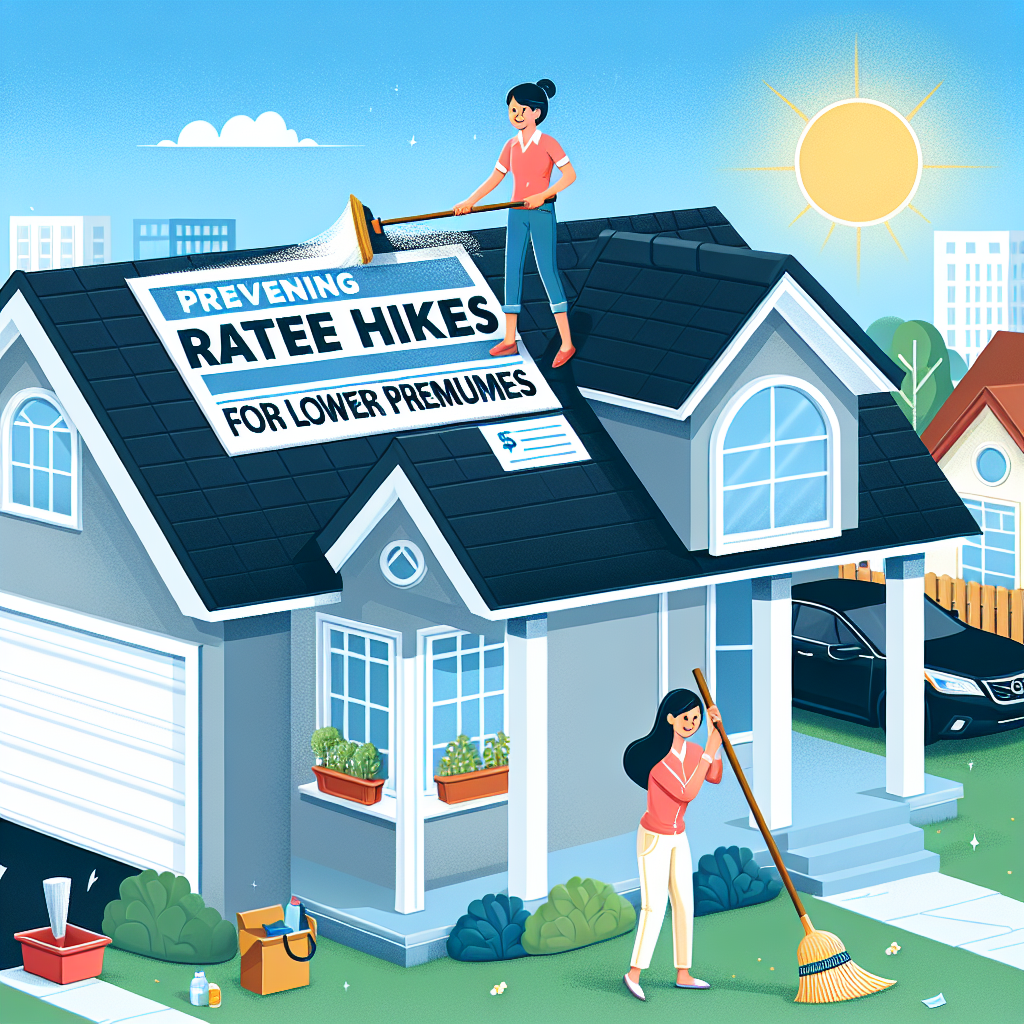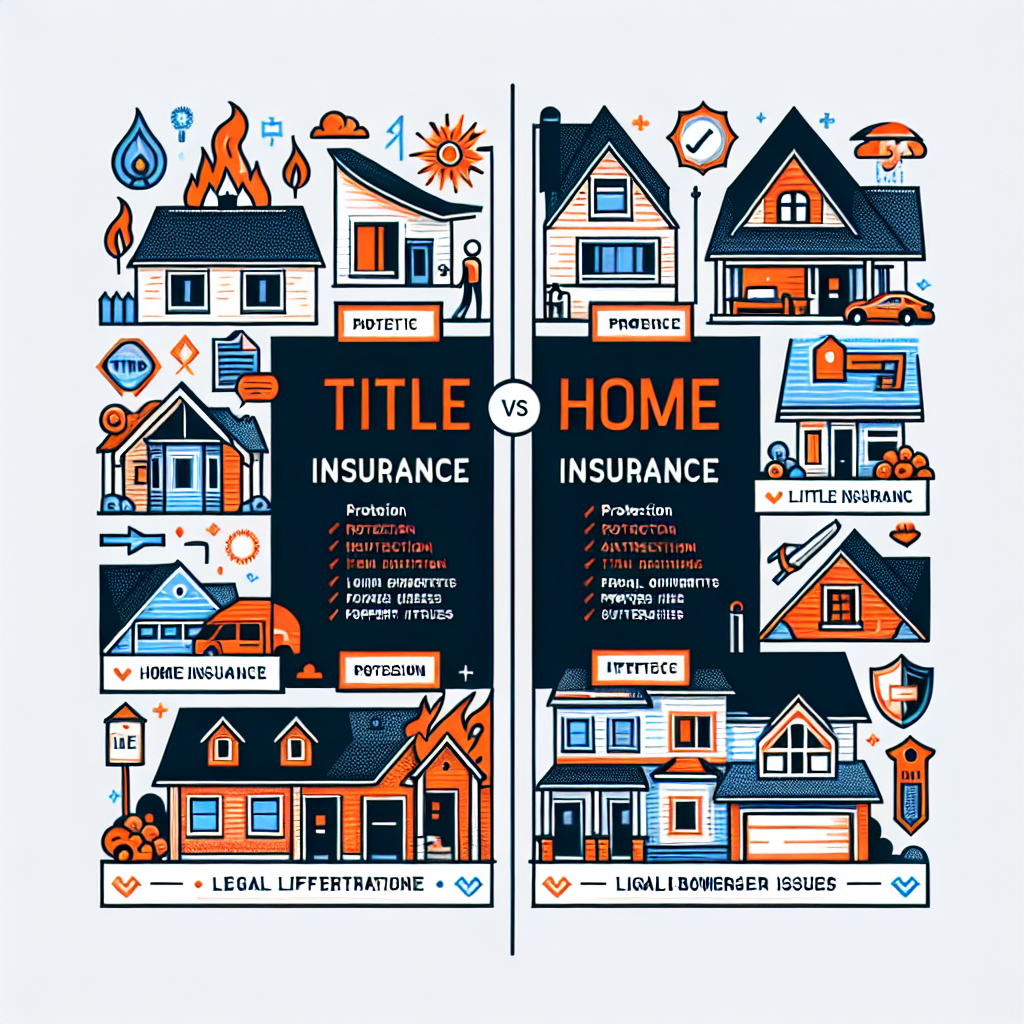Filed under Home Insurance on
Understanding Home Insurance Replacement Cost Coverage

In today’s world, protecting your home from unforeseen events is more crucial than ever. Among the numerous facets of home insurance, one topic homeowners often find confusing is replacement cost coverage. This form of coverage is a critical component in safeguarding your investment, ensuring your home can be repaired or rebuilt without financial strain. Let's delve deeper into understanding home insurance replacement cost coverage, exploring its nuances and significance.
What Is Home Insurance Replacement Cost Coverage?
Home insurance replacement cost coverage is designed to cover the expenses required to rebuild your home if it’s damaged or destroyed by a covered peril, such as fire, storm, or vandalism. Unlike actual cash value policies, which take depreciation into account, replacement cost coverage considers what it would take to replace or repair the damaged property using similar materials and quality at current prices.
Difference Between Replacement Cost and Actual Cash Value
One of the fundamental distinctions in home insurance is between replacement cost coverage and actual cash value (ACV). Understanding this difference is key for anyone evaluating their insurance needs:
- Replacement Cost Coverage: Covers the full cost of repairing or replacing your home up to the original state without deducting depreciation. This type of policy ensures you can restore your home to its previous stature, provided you meet its policy limits.
- Actual Cash Value: Reimburses the cost to replace a home minus depreciation. While premiums might be lower, homeowners might have to pay significantly out-of-pocket in the event of a claim, potentially leaving financial gaps.
The Importance of Replacement Cost in Home Insurance
Choosing replacement cost coverage is essential for homeowners who want to maintain their living standards even after a catastrophic event. Here’s why it’s beneficial:
- Ensures complete restoration of your home without financial compromise.
- Offers peace of mind knowing your property’s value is fully protected.
- Helps in maintaining property value and neighborhood standards.
Financial Security and Future Planning
Replacement cost coverage forms a significant part of financial security planning. Homeowners who opt for this coverage can better manage unplanned expenses resulting from damages, ultimately safeguarding their financial future. This foresight protects against economic instability during challenging times.
How Is Replacement Cost Calculated?
Accurately calculating replacement cost involves several factors, and insurance companies typically perform this task using qualified professionals. The calculation considers:
- Size, structure, and architectural details of the home.
- Labor costs and fluctuations in material prices.
- Updated building codes and ordinances that may impact rebuilding costs.
- Location-specific considerations, such as geographic risks and building conditions.
Homeowners can proactively work with insurers or independent evaluators to ensure that the coverage amount is sufficient, adjusting the policy periodically for inflation and market changes.
Steps to Determine Adequate Replacement Cost Coverage
To establish proper replacement cost coverage, follow these steps:
- Conduct a Home Assessment: Regularly evaluate your home's condition, architectural features, and any improvements made to it.
- Consult an Insurance Agent: Work closely with your insurance agent to understand the specifics of your policy, and request adjustments based on recent assessments.
- Evaluate Local Construction Costs: Research current construction expenses in your area to ensure your policy limits align with actual potential rebuilding costs.
- Consider Inflation and Updates: Stay informed about inflation rates and maintain an updated policy that considers new building standards and material costs.
Being proactive in these steps will help you avoid underinsurance, which could lead to insufficient coverage in the event of a significant loss.
Industry Trends in Replacement Cost Coverage
In recent times, several trends have shaped the realm of home insurance replacement cost coverage. These trends, backed by expert insights, offer a glimpse into the evolving landscape:
Technological Advancements in Home Evaluation
With the advent of technology, insurers now deploy advanced tools and software that enhance the accuracy of home assessments for replacement cost coverage. Drones, for instance, provide detailed evaluations of roof conditions and external structures, while AI-driven analytics offer more precise estimations.
Inflation-Guard Endorsements
Recognizing the impact of inflation, many insurance providers are now offering inflation-guard endorsements. These endorsements automatically adjust the coverage limits based on inflation trends, ensuring homeowners maintain adequate protection over time.
Focus on Sustainable Materials
With increased emphasis on sustainability, many homeowners are choosing to rebuild with eco-friendly materials. Insurers have responded by tailoring policies and providing specialized coverage options that consider the costs and requirements associated with green building initiatives.
Common Misconceptions About Replacement Cost Coverage
Despite its importance, several misconceptions about home insurance replacement cost coverage deter homeowners from maximizing its benefits:
- Myth: Replacement Cost Equals Market Value: Market value considers factors like land and home location desirability, while replacement cost focuses solely on the price of rebuilding.
- Myth: Renovations Automatically Adjust Coverage: Upgrading parts of your home doesn’t necessarily update your coverage; homeowners should contact their insurer for policy adjustments after substantial renovations.
- Myth: Higher Premiums Mean Comprehensive Coverage: While higher premiums might suggest extensive coverage, it's essential to evaluate what the policy specifically covers and whether it meets your rebuilding needs.
Addressing these misconceptions can empower homeowners to make informed decisions regarding their insurance contracts.
How to Choose the Right Insurance Policy
Selecting the right insurance policy involves careful consideration of several factors beyond just replacement cost coverage:
- Examine the scope of coverage for unforeseen events in your area, like flooding or earthquakes, which might require additional policies.
- Evaluate the policy exclusions to understand what scenarios are not covered and plan supplementary insurance if necessary.
- Consider the insurer’s reputation and claims process efficiency, as a supportive insurer can ease the stress during claim settlements.
Seeking Professional Advice
Engaging with financial advisors or insurance experts could provide personalized insights, ensuring the coverage aligns perfectly with your needs and financial objectives.
Conclusion
Understanding home insurance replacement cost coverage is pivotal for protecting one of your most significant investments—your home. By choosing an appropriate policy, homeowners can ensure financial stability and restore their homes without undue worry following a disaster. As the industry evolves with technological, economic, and environmental changes, staying informed and proactive will help you secure the best possible coverage.
Remember, the right replacement cost coverage not only protects your physical house but also preserves your peace of mind, ensuring you and your family remain secure, no matter what life throws your way.





